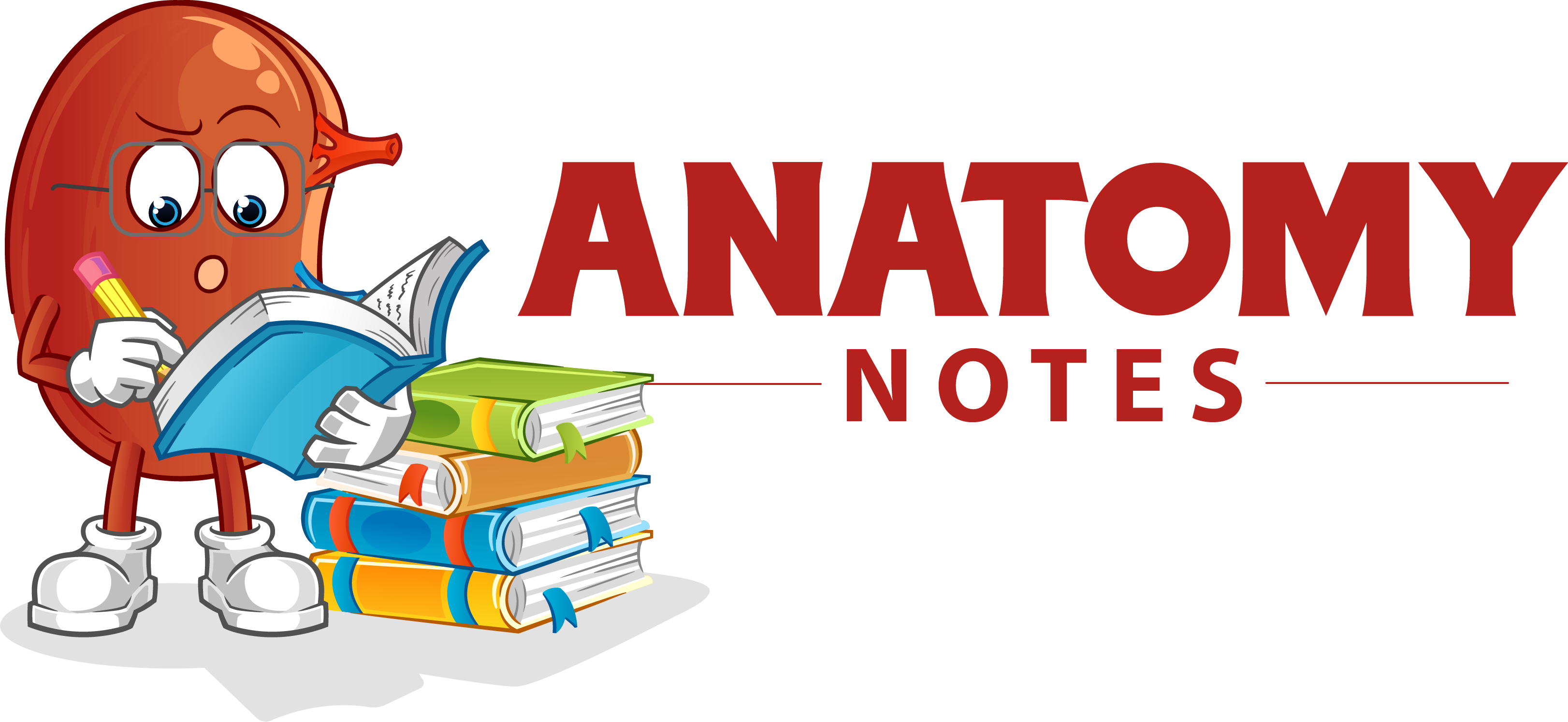Human anatomy is divided into various branches to make the process of learning and understanding easy and effective.
It includes Gross anatomy, Living anatomy, embryology, Histology, surface anatomy, and clinical anatomy.
Gross anatomy:
Gross anatomy is the most important branch of human anatomy It deals with the study of the gross structure of the human body.
It concerned with macroscopic details of human body structure, so it does not require the aid of any instrument.
It is generally done by naked eyes on dead bodies therefore it is also known as cadaveric anatomy.
Gross anatomy has two approaches for its study:- i.e. Systemic Approach and Regional Approach.
In systemic approach, different human body systems are studied. And in a regional approach, Different regions of the human body are studied and this approach is important for the surgery.
The human body systems have been explained in the content of the various systems of the human body.
Living anatomy:
Living anatomy is the study of structures of living bodies by inspection, palpation, percussion, and auscultation.
We can also use the scopes for direct visualization like auto scope for visualization of external ear and bronchoscope for the views of airways and detect any abnormalities.
Embryology:
Embryology is the branch of human anatomy which is known as the developmental anatomy.
It deals with the study of prenatal development of an organism…
Histology:
Microscopic anatomy is studied by the use of microscopes. It is divided into two categories cytology and histology.
Cytology is the microscopic study of cells of the human body and histology is the microscopic study of tissues of the human body.
For a medical student, Microscopic anatomy is one of the most important concepts to learn and understand.
It forms the basis of understanding the various subjects like pathology microbiology, hematology & medicine, etc.
To become an expert in these areas of medical science, one has to deeply learn the concepts of microscopic anatomy.
Surface anatomy:
Surface anatomy is basically the study that comprises the parts of the human body in relation to the surface.
In this, you understand the relations that exist between the deeper parts of the human body and the skin.
This study is extremely important for surgical practice & pathologists where most of the body structures need to be located from the surface of the body.
It is also known as topographic anatomy.
Clinical anatomy:
Clinical anatomy is concerned with the correlation to structure and function.
This branch of anatomy basically comprises the practical aspect of human anatomy and is of supreme importance for medical and healthcare professionals.
Frequently Asked Questions (FAQs)
How many branches of human anatomy are there?
There are several branches of human anatomy, including gross anatomy, histology, embryology, and neuroanatomy. Each of these branches focuses on a specific aspect of the human body, such as the study of the body’s structures, tissues, and organs, as well as the development and function of the nervous system.
What are the major branches of anatomy?
The major branches of anatomy are:
Gross Anatomy: study of the body’s structures visible to the naked eye, such as bones, muscles, and organs.
Histology: study of the microscopic structure of tissues and organs.
Embryology: study of the development of an embryo and fetus.
Neuroanatomy: study of the structure and function of the nervous system.
Comparative Anatomy refers to the examination and analysis of the structural similarities and differences among the anatomies of different species.
Radiographic Anatomy: study of the internal structures of the body using medical imaging techniques such as X-rays, CT scans, and MRI scans.
Surface Anatomy: study of the external structures of the body and their relationship to the underlying structures.
Pathological Anatomy: study of the changes in the body’s structures that occur as a result of disease.
What is basic human anatomy?
Basic human anatomy refers to the fundamental structure and organization of the human body. This includes the study of the body’s systems, organs, tissues, and cells, as well as their functions and relationships with each other. Basic human anatomy is essential for understanding how the body works and for diagnosing and treating medical conditions. Some of the key topics in basic human anatomy include the skeletal system, muscular system, cardiovascular system, respiratory system, digestive system, nervous system, and reproductive system.
What are the 7 main body systems?
The 7 main body systems are:
Cardiovascular System: responsible for circulating blood throughout the body to deliver oxygen and nutrients and remove waste products.
Respiratory System: responsible for taking in oxygen and removing carbon dioxide from the body.
Digestive System: responsible for breaking down food into nutrients that can be absorbed and used by the body.
Muscular System: responsible for movement and providing support for the body.
Skeletal System: responsible for providing support and protection for the body’s organs and tissues, as well as allowing for movement.
Nervous System: responsible for sending and receiving messages throughout the body, allowing for communication and control of bodily functions.
Endocrine System: responsible for producing and regulating hormones that control various bodily functions, such as growth and development, metabolism, and reproduction.
What is an organ in anatomy?
In anatomy, an organ is a group of tissues that work together to perform a specific function in the body. Organs are composed of two or more types of tissues, such as muscle, connective tissue, and epithelial tissue. Examples of organs in the human body include the heart, lungs, liver, kidneys, and brain. Each organ has a specific function and is essential for the overall functioning of the body. The study of organs and their functions is an important part of anatomy, as it helps us understand how the body works and how to treat and prevent diseases.
What type of branch is anatomy?
Anatomy is a branch of biology that focuses on the structure and organization of living organisms. Specifically, anatomy is the study of the structure and organization of the body and its parts, including organs, tissues, cells, and molecules. Anatomy can be studied at different levels, from macroscopic (gross anatomy) to microscopic (histology) to molecular (molecular biology). Therefore, anatomy can be considered a subfield of biology and a branch of medical science.




